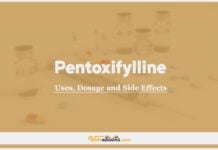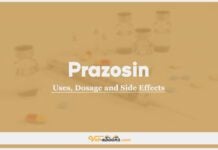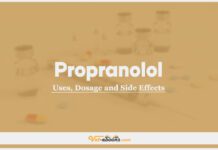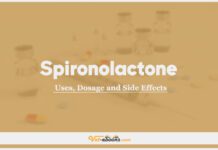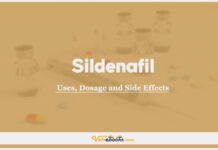Digoxin: Uses, Dosage and Side Effects
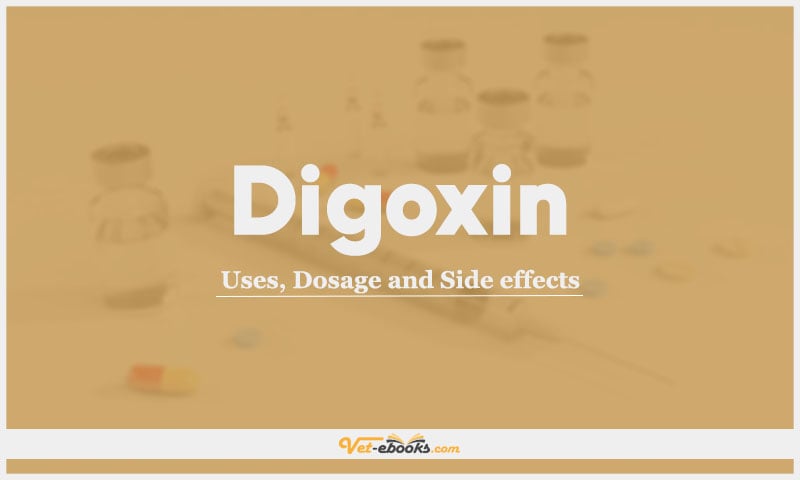
Overview
- An antiarrhythmic.
- Digoxin’s vagomimmetic impact at the AV node decreases atrial fibrillation’s heart rate.
- Delaying AV nodal conduction. Useful in other supraventricular tachyarrhythmias.
- Also mildly inotropic.
- Inhibits Na+–K+ ATPase, raising intracellular sodium. Calcium replaces sodium, increasing intracellular calcium and inotropic action.
- In supraventricular tachyarrhythmias, a reduced heart rate and higher contraction force enhance cardiac output.
- Digoxin improves baroreceptor reflexes that are impaired in heart failure.
Uses of Digoxin
- Management of supraventricular tachyarrhythmias.
- Control the ventricular rate in cases of heart failure with concurrent atrial fibrillation.
- Effective to decrease the ventricular rate in dogs with atrial fibrillation either as monotherapy or in combination with diltiazem.
- Digoxin/diltiazem combination therapy results in more effective rate control than monotherapy.
Drug Dosage Calculator
You Should Give:
Dose of Digoxin in Dogs and Cats
Dogs:
- Tablets: 2.5–3.5 μg (micrograms)/kg p.o. q12h based on lean body weight (decrease dose by 10% for elixir).
- Maximum dose 0.25 mg/dog p.o. q12h.
- Start at the lower end of the dose range and up-titrate carefully based on clinical response and serum therapeutic levels.
- Only use i.v. if essentially indicated: 2.2–4.4 μg/kg i.v. q12h.
Cats:
- Tablets: 10 μg (micrograms)/kg p.o. q24–48h, equating to ¼ of a 125 μg tablet q24–48h.
- Start at the lower dose range and titrate up.
- Only use i.v. if essentially indicated: 1–1.6 μg/kg i.v. q12h.
Side Effects of Digoxin in Dogs and Cats
- Dogs are more susceptible to the toxicity of digoxin than cats.
- Hypokalemia predisposes all species to toxicity.
- Anorexia, vomiting, diarrhea, depression, or trigger arrhythmias (such as AV block, bigeminy, paroxysmal ventricular or atrial tachycardias with block, and multiform ventricular premature contractions) are indicators of toxicity.
- Lidocaine and phenytoin may be used to control arrhythmias caused by digoxin.
- Vasoconstriction may be produced by intravenous administration.
Contraindications of Digoxin in Dogs and Cats
- Frequent atrioventricular block or ventricular arrhythmias.
- Regarded as contraindicated in feline hypertrophic cardiomyopathy cases.
- Do not use it in the presence of hypokalemia.
Some Notes:
- Antacids, chemotherapy drugs (e.g., cyclophosphamide, cytarabine, doxorubicin, vincristine), cimetidine, and metoclopramide may inhibit digoxin absorption from the gastrointestinal tract.
- Amiodarone, antimuscarinics, diazepam, erythromycin, loop and thiazide diuretics (hypokalemia), oxytetracycline, and verapamil may increase the serum concentration, decrease the elimination rate, or exacerbate the toxic effects of digoxin.
- Spironolactone may exacerbate or mitigate the toxicity of digoxin.
Tip
Do You Want To Increase Your Veterinary Knowledge and Practical Skills?
You Can Now Browse and Download +3000 Books For Veterinary Professionals & Students Online.
Download Veterinary Books






